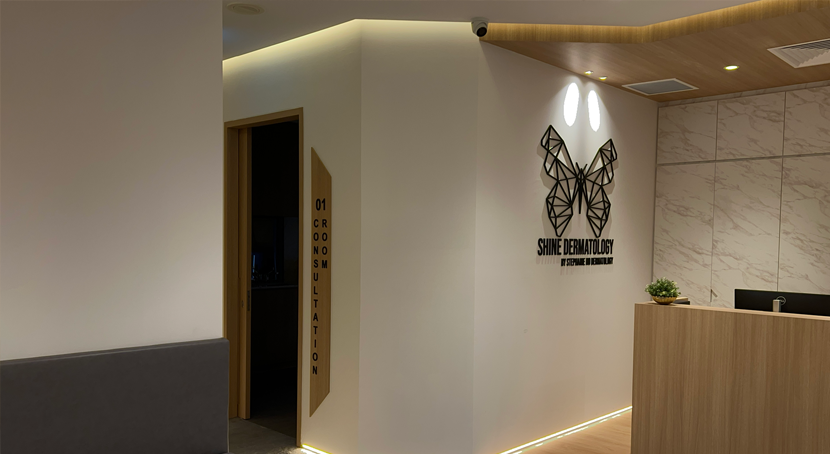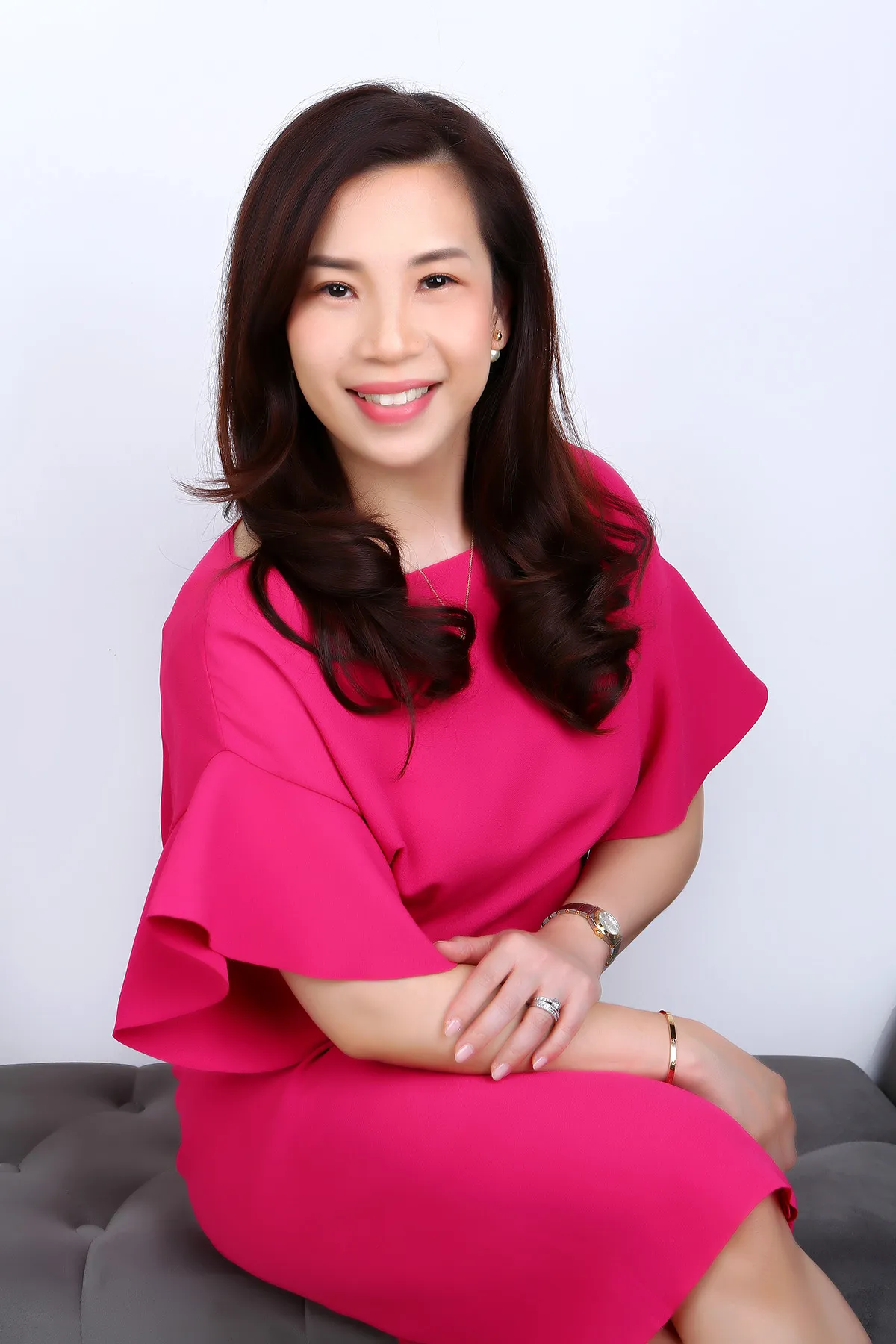What Are Botulinum-Based Neuromodulators?
These injectables are derived from a purified form of botulinum toxin. When injected into specific facial muscles, they temporarily inhibit nerve signals, preventing repetitive movements that cause expression lines. They are especially effective for dynamic wrinkles—those that form through frequent muscle activity.
How Do They Work?
-
Inhibit acetylcholine release at neuromuscular junctions
-
Relax targeted facial muscles (e.g., glabella, forehead, crow’s feet)
-
Reduce the appearance of fine lines and prevent new wrinkles from forming
|
Target Area |
Common Concerns Treated |
|
Forehead |
Horizontal lines |
|
Glabellar region |
Frown lines |
|
Crow’s feet |
Lateral eye wrinkles |
|
Masseter muscle |
Jaw slimming, bruxism relief |
Benefits
-
Quick treatment time (10–20 minutes)
-
No downtime required
-
Prevents wrinkle deepening over time
-
Can be used for medical concerns (e.g., migraines, excessive sweating)
-
Complements fillers and other aesthetic treatments
Frequency & Recovery
-
Results begin within 3–7 days, peak at 2 weeks
-
Effects last 3–4 months
-
Avoid lying down or vigorous activity for 4 hours post-treatment
Is It Safe?
Yes, when administered by qualified professionals. Side effects are rare and may include:
-
Temporary bruising or swelling
-
Headache or mild discomfort
-
Rare eyelid drooping (minimized by expert placement)
Frequently Asked Questions (FAQ)
-
How long does the treatment last?
Typically 3–4 months depending on individual muscle activity. -
Is the procedure painful?
Discomfort is minimal; a numbing cream can be used prior to injection. -
Can it be used preventively?
Yes, early use can prevent wrinkles from becoming deeply set. -
Will I look frozen?
Not at Shine Dermatology. We focus on natural results with full facial expression preserved. -
Can it be used for jaw slimming?
Yes, it relaxes the masseter muscles to contour the jawline and reduce teeth grinding.
Book a Consultation
Smooth away frown lines and crow’s feet with botulinum-based neuromodulators. Book a session at Shine Dermatology today.



